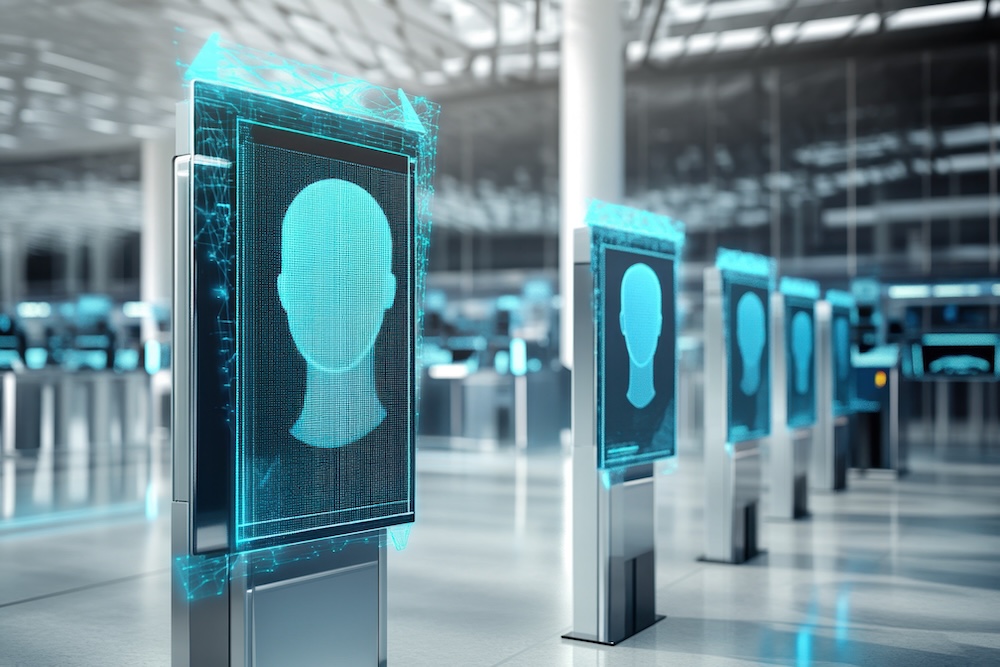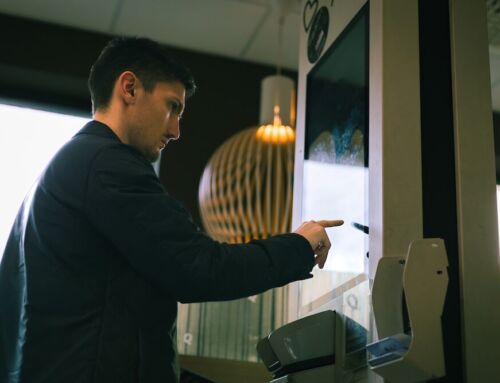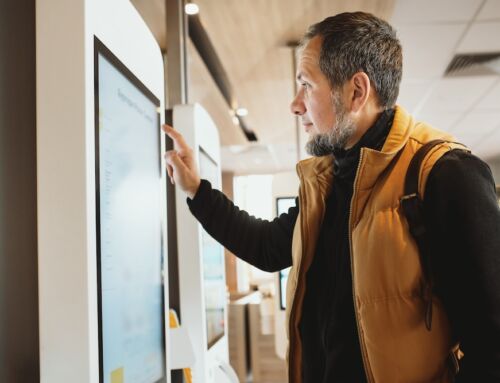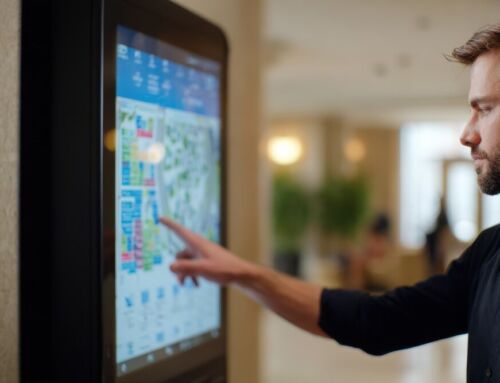Biometric technology is transforming security and personal identification. The use of physical traits – fingerprints, facial features, patterns of the iris in the eye – to authenticate a person’s identity is already widespread in things like border control and premises access. And within the next few years, it is set to have a huge impact on everything from payment authentication to voter registration.
The great promise of biometrics is that it can automate, speed up and improve the accuracy of identity verification all at the same time. It has already made great strides in doing so. But there’s a lot of technical complexity involved in achieving those levels of speed, accuracy and reliability. Especially to get to a point where universal application is possible.
A lot of the focus on how the technology is evolving towards that goal is put on the software side, particularly the AI tools that match a fingerprint scan or a facial image to a database. But that’s far from all that matters in getting biometric identification right. You need the right hardware, too. And for facial recognition systems, that means paying attention to the camera.
Image is everything
There’s a lot of excitement about the potential of facial recognition technology in the kiosk industry. It’s being touted as a way to tackle high theft rates from self-service checkouts in supermarkets, make passport control more or less a walk-through process, and as mentioned above, to eliminate the need to present anything other than yourself to complete a payment.
But many attempts to roll out facial recognition so far have tried to simply connect existing camera systems to AI tools. Many have then experienced underwhelming levels of accuracy. Why? Not because the AI systems aren’t good enough to make a reliable match. It’s because the data the AI has to work with isn’t good enough. In this case, the ‘data’ is the image captured of the person you want to identify.
The quality of the image matters. A lot. And that means the camera you use matters. A lot.
It’s pretty easy to understand why. Think of all the photos you’ve ever had taken of yourself. How similar is one from another? There’s a lot a variability, isn’t there? Different hairstyles, different angles, different expressions, different lighting and locations. Facial recognition has to deal with all of this in matching any image of a person taken at any time and and location in the future to one held on a database. To do that, it needs to be able to analyse the details of the face in very precise detail. And to do that reliably, you need very high-quality images.
The case for specialisation
What we’re starting to see now is facial recognition systems turning to purpose-built cameras that can deliver the level of detail and fidelity required for AI tools to make an accurate match in any circumstances. These cameras are characterised by a number of features. First and foremost is high resolution. Captured images need to be as sharp as possible so the AI can distinguish fine facial features like contours, skin texture, and distances between facial landmarks (eyes, nose, mouth). Any blurring at all can obscure these details and lead to false matches.
Facial recognition cameras also adjust the light to keep it consistent, and in particular to eliminate shadow and glare. Some use infrared sensors to provide the necessary correction in all ambient light conditions. Similarly, they will use wide-angle lenses and auto-framing to make sure the face stays in frame. This kind of adjustment is important for capturing images of people of different heights.
Finally, one of the great advantages people look for from facial recognition systems is speed. But that can’t come at the expense of accuracy. Yes, ideally we are trying to move beyond having people stand still for 30 seconds while they try to keep their face within the guides shown on a screen. The ambition is to have ‘walk-through’ systems where facial images can be captured and processed more or less instantly. But that creates another demand on the camera technology. Quick snaps introduce the risk of motion blur. So again, advanced cameras that are built to adjust for that are essential.
The key takeaway from all of this is that effective facial recognition starts with a great image. That makes the camera you use essential. If and when you are ready to explore adding facial recognition to your kiosks, whether it’s for the purposes of security, access, payment or anything else, paying attention to the camera specs isn’t just a technical matter – it’s a business-critical decision.




